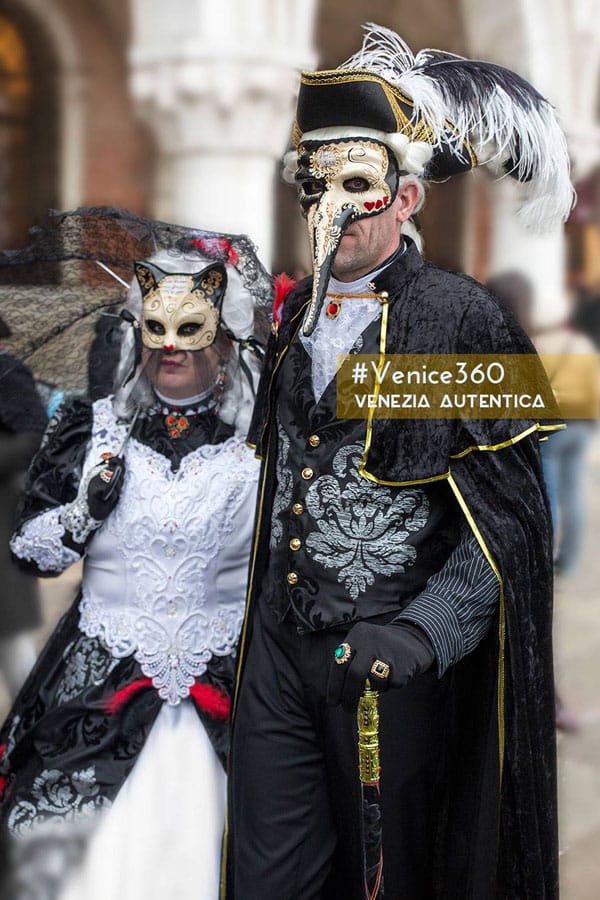
We mentioned in another article about Carnevale, that already in 1092, Carnival was a time of public celebrations in Venice, when ample freedom and liberty were granted to the Venetians and visitors alike … maybe too much freedom…
Indeed, carnival celebrations and excesses increased with the centuries following the increase of wealth and power of the Republic of Venice.
They would involve most of the aspects of the city’s life and the use of masks and costumes, the parties, the celebrations, the widespread desire to have fun, the removal of social differences and social duties, would totally go out of hand and take over the city.
The duration of the festival itself, increased drastically, starting on the first Sunday of October, instead of the traditional 26th of December, pushing the Serenissima to regularly issue new strict laws, in an effort to regulate the situation.
These laws are, today, an amazing way to make oneself an idea of the life during Carnival in Venice, which in the XVI, XVII and XVIII centuries lasted 6 months…They are even more intriguing once realized that, at this time, masks would be seen in the city all year long!
The first Carnival law, promulgated on the 22nd of February 1339, forbade to wear masks while out at night. This was necessary as, in the darkness and anonymity of the night, concealed by a black cloak and a white mask, too many robberies, attacks, and harassments were taking place in the city, and the Serenissima could no longer tolerate such behaviors. To tackle problems of the same sort, over the centuries multiple laws were introduced to strictly forbid to wear masks and at the same time to carry blades or any tool that could potentially harm others.
If the life of the Venetians had to be protected, so was their soul (and the interests of the Republic). Laws aiming to ensure the morality of the population’s behavior help us understand the libertine life Venice was famous for. In 24th January 1458, the Serenissima strictly forbid men to wear women masks in order to enter female convents, where they would do “multas inhonestates”, what this might mean, we leave entirely to your interpretation
A very Italian figure of speech “Fatta la legge, trovato l’inganno”, “Written the law, found the loophole”, could explain the subsequent need for a new law, only five years later, on the 3rd of February 1603, which forbade nuns to keep masks at their parlours where friends erm.. confessants… would visit them.
Is that all? Oh no, of course not! The Serenissima kept on fighting the abuse of masks and anonymity for centuries, until one day…
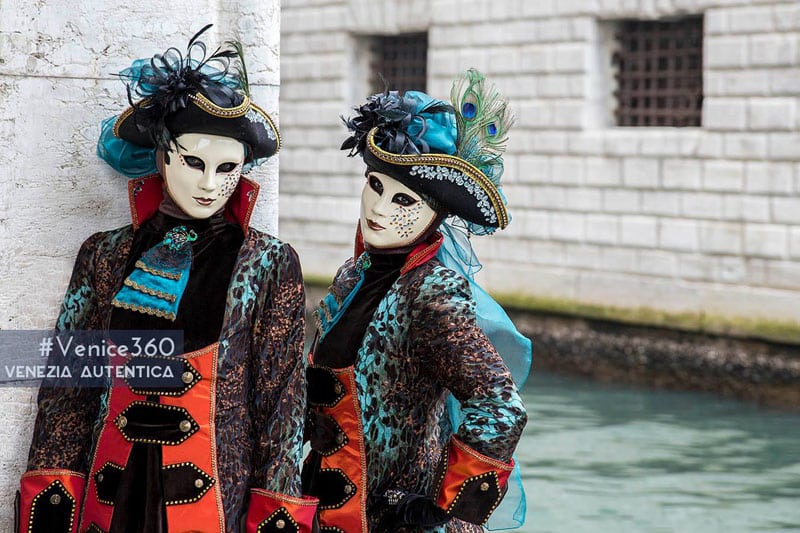
During the XVII century, the laws mentioned above appeared not to be enough to refrain the celebrations and excesses happening daily in Venice. Therefore, on the 13th August 1608, the Serenissima enforced a law which strictly forbid the use of masks outside of Carnival time and would punish severely who would be found disobeying. The punishment of the convicted would consist of 2 years in prison, 18 months rowing in a Galera, a war boat, and a fee of 500 lire. This same law also attempted to control the activity of prostitutes, by condemning those found offering their services outside of their “red light district”, to be publicly whipped from Saint Mark’s square until San Giacometto’s square in Rialto, and then banned for 4 years from the Venetian territories.
It appears that even such strict and dissuasive measures were not enough to regulate the excessive behaviors of the locals. Fifty years later, on the 15th of January, the Consiglio dei Dieci had indeed, again, to promulgate laws forbidding masked people to carry weapons, and enter churches or convents; in addition to this, they included a strict prohibition to wear religious costumes. Public manifestations also became subject to regulations: both the use of drums before noon and public dances outside of Carnival’s time became illegal.
With the years passing, The Republic kept on trying to regulate the life of the Venetians and especially their excesses. In 1703, a new law was issued to prohibit the use of masks in casinos, and therefore stop gamblers to get away with not paying their debts. In 1699 and 1718, other amendments banned the use of masks at religious celebrations taking place during Carnival time. It is, therefore, clear how much the population was taking advantage of the possibilities and liberties granted by the anonymity of costumes and masks wearing, and how the Serenissima, on the other hand, tried to keep control of it, until…
Until 1776, when Venice decided to experiment a totally different strategy, by making it mandatory for women who wanted to go to the theatre to wear a mask and a costume, hiding, therefore, their identity in order to protect the honor of their family.
We will never know if this final permissive approach could have been the right one: with the fall of the Republic of Venice in 1797, the use of costumes and mask came to an abrupt end.
I'm visiting Venice. Why should I follow your recommendations?
The way you visit Venice has an impact both on the quality of your experience and on Venice itself. Chilling, exploring, shopping, eating and drinking where the locals do, can make a huge impact both on the memories you bring home and on the local economy and community.
Home >> Venice and Venetians >> Venice Explained >> You’re Here
Facts, Curiosities, History of Venice, Italy
More about life in Venice, Italy

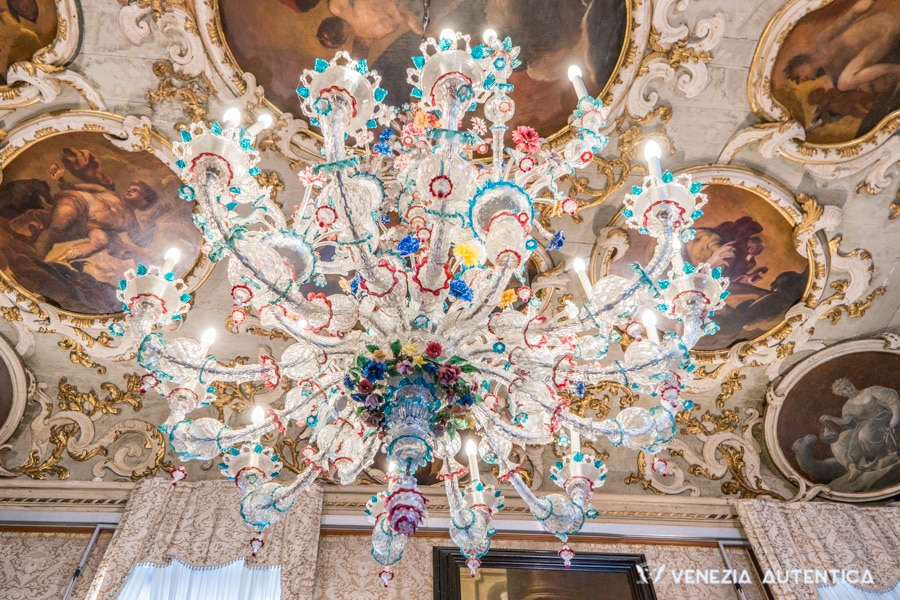
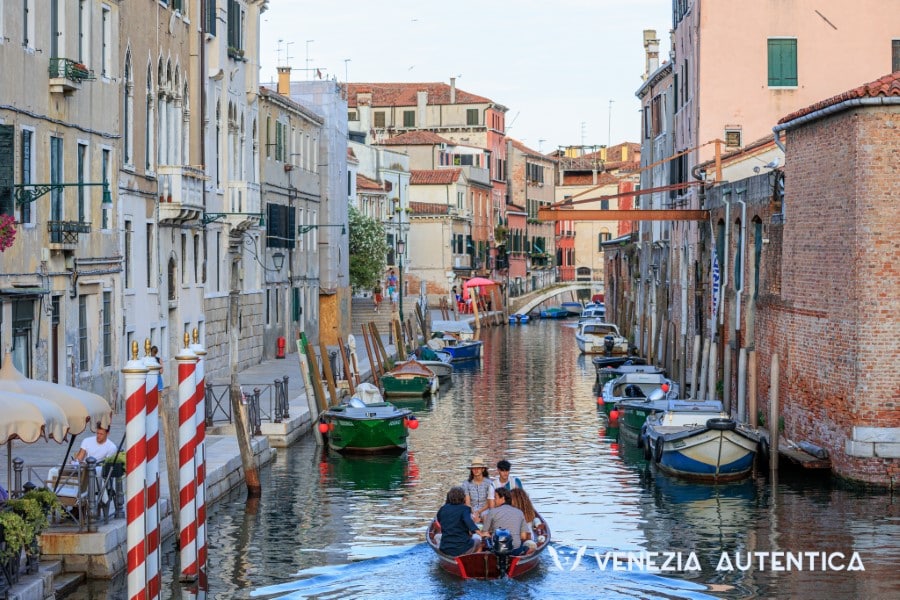

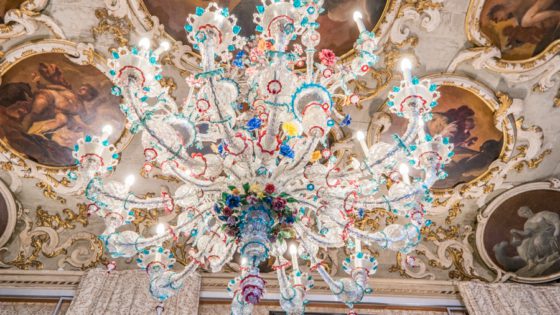
![Everything about the amazing Grand Canal in Venice, Italy [ARTICLE + 360° VIDEO] - Venezia Autentica | Discover and Support the Authentic Venice Grand Canal in Venice](https://veneziaautentica.com/wp-content/uploads/2016/10/Grand-Canal-Venice-560x315.jpg)
![Saint Mark's in Venice: introduction to its amazing Landmarks [Article + 360° VIDEO] - Venezia Autentica | Discover and Support the Authentic Venice Area Marciana, or Saint Mark's Area, in Venice, Italy](https://veneziaautentica.com/wp-content/uploads/2016/11/SAM1911-560x315.jpg)